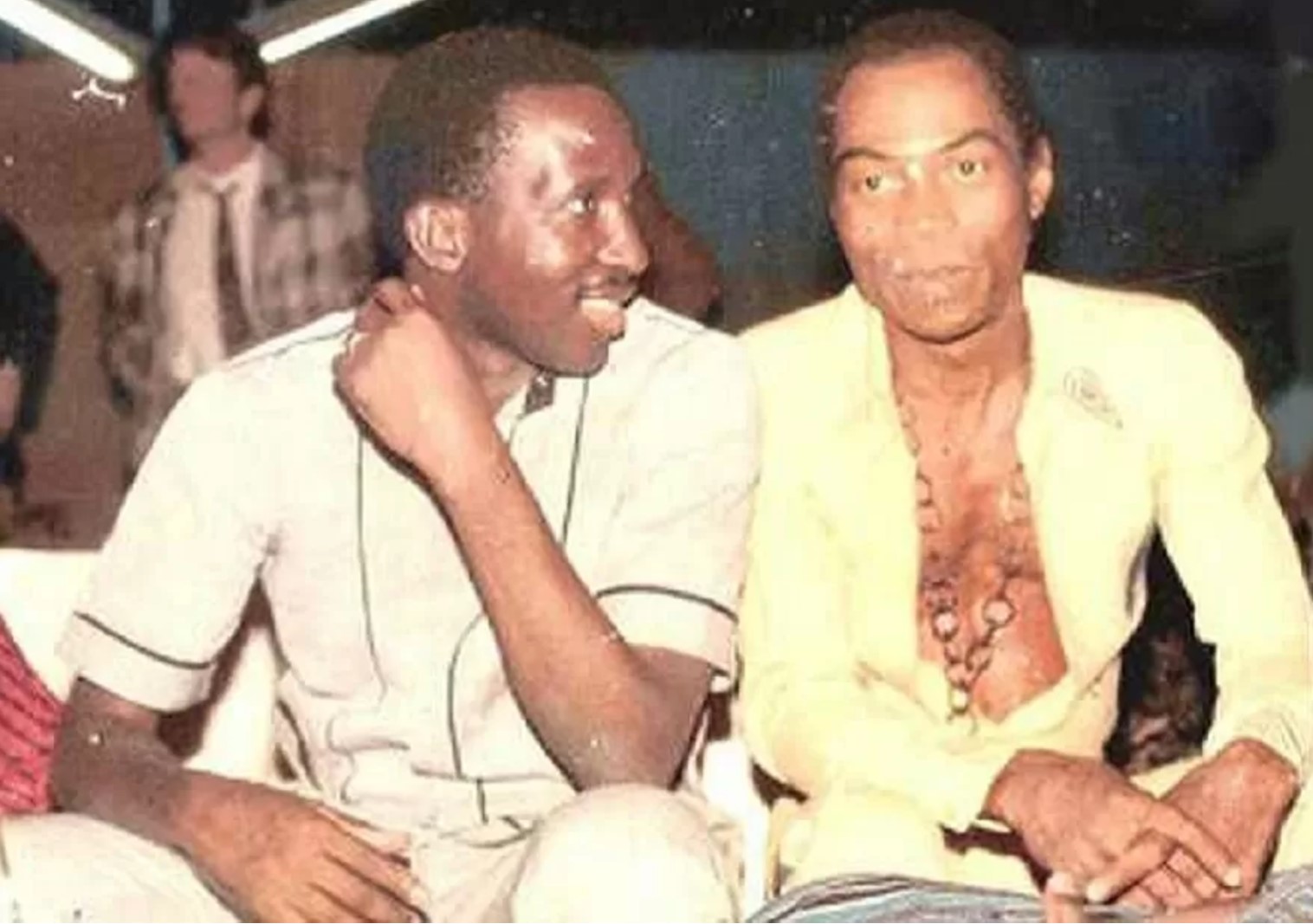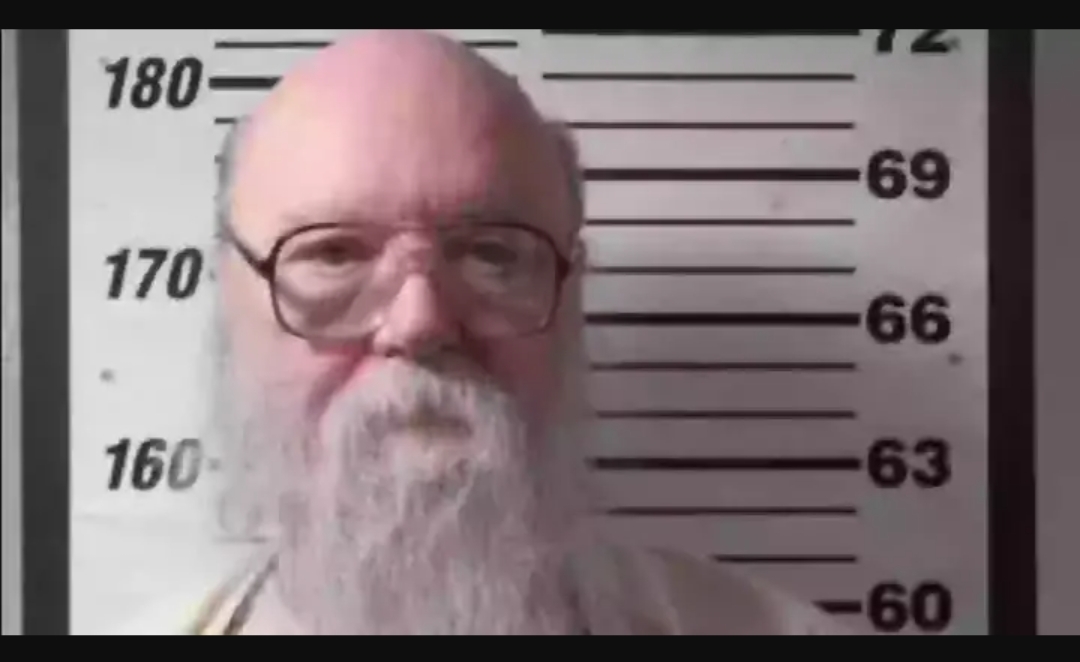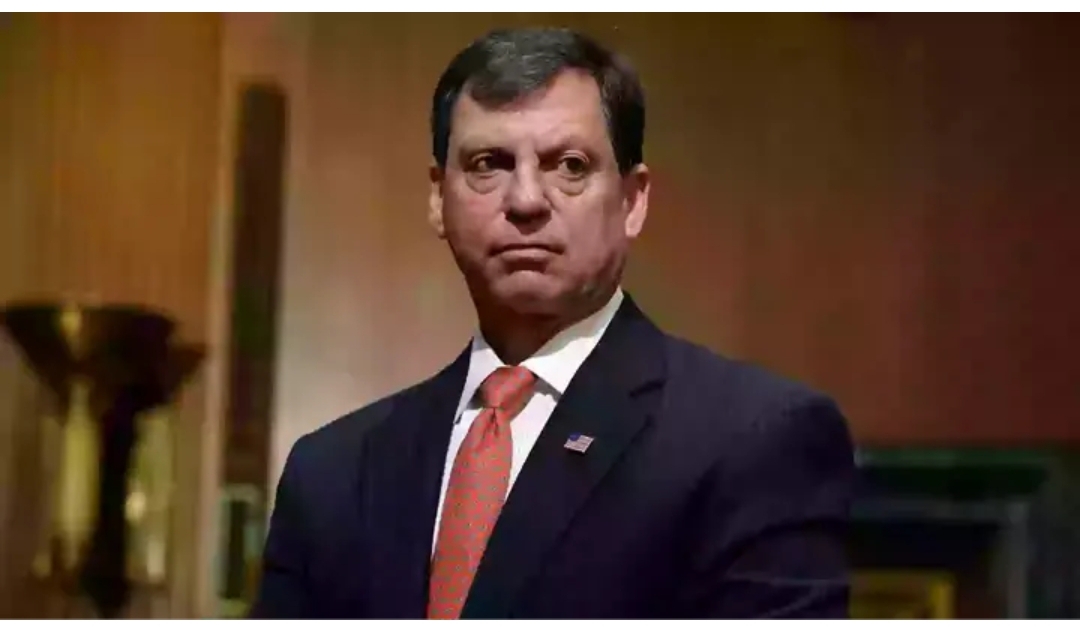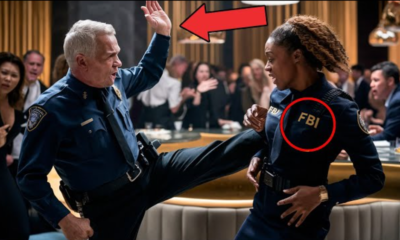But this relationship between the two African legends, although very public, is still strangely one of the most under-discussed friendships of a famous African pair.
Fela Anikulapo Kuti was a musician with a thousand and one things to say about the corruption of unforgiving military governments in Nigeria while Thomas Sankara, on the other hand, was the populist’s darling committed to the undoing of what he saw as the asymmetries of Burkinabe society…Click Here To Continue Reading>> …Click Here To Continue Reading>>
The two men would have bonded together over their views of what power should be translated into. They loved Africa and its peoples and thought community was much preferable to the individuation fostered by westernization.
The musician was not an ideologue but the soldier was a Marxist. But there was a simplistic confluence between the kinds of Africa sought by Kuti and Sankara: all they wanted was to see their people eat, stay healthy and be free from all kinds of oppression.
But it could not have been simply politics that brought the two men together because Sankara was a consummate guitarist and a learned fan of African music. Fela Kuti would arguably have found common grounds with the Burkinabe leader even if not for politics.
We do not have much in the way of documents that detail the friendship between Sankara and Kuti. On top of this, we know of only two instances that the two men met.
One of the occasions on which they met was the Panafrican Film and Television Festival or FESPACO in Ouagadougou, Burkina Faso in 1987.
That meeting has been immortalized in a spoken-word song by IR, Kabaka Labartin and Bassilar Membrane. The song described the meeting in these words: READ FULL STORY HERE>>>CLICK HERE TO CONTINUE READING>>>
When Thomas Sankara and Fela Kuti met, there was laughter.
When they spoke, they had no fear.
These and other sentences were interspersed with portions of speeches delivered by Sankara. This ode to the famous friendship has become many people’s evidence that the two men were indeed friends.
By all indications, the two men remained in correspondence after meeting. A year after Sankara was riddled with bullets by mutinous members of his own army, Fela was asked in an interview what he felt about the coup and he responded:
“His departure is a terrible blow to the political life of Africans, because he was the only one talking about African unity, what Africans need, to progress. He was the only one talking.
His loss is bad (Long silence) but my mind is cool because Sankara’s death must have a meaning for Africa. Now that Sankara has been killed, if the leader of Burkina Faso, today, is not doing well, you will see it clearly. This means that in [the] future, bad leaders would be very careful in killing good leaders…”
Whatever tears he may have shed, Kuti did away from the eyes of the public. But it was quite clear that in Sankara, Kuti found a leader likable enough not to criticize, something about which Nigeria’s leaders of the time had sleepless nights.




















